Event
Wind for Mind
Plants for the Mind, Body and Spirit
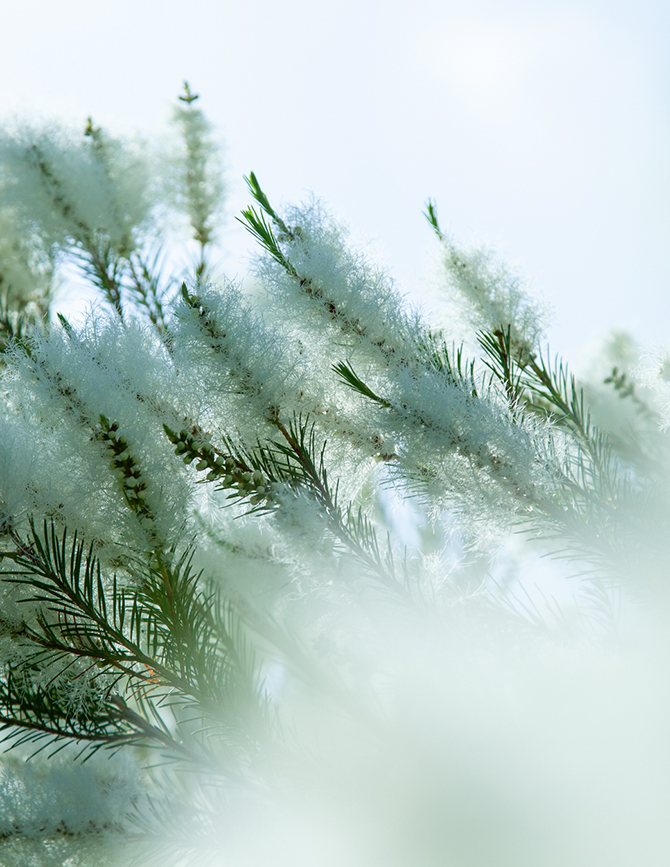
The flowers and grasses sway in the light and wind
The trees sing with the sounds of insects and birds
The waves sparkle and the sky rejoices
When we open our hearts
Plants will give us all the strength we need
We are pleased to present the exhibition “Wind for Mind: Plants for the Mind, Body and Spirit” at the Center for COSMIC WONDER.
“Wind for Mind” by Chinatsu Doi, is the blessing of the plants that connect us with nature. Awaji Island, where they are based, has the climate of the Seto Inland Sea with little rain and long days, which is ideal for growing herbs. The “Wind for Mind” field is located in a small mountainous area, surrounded by terraced rice paddies that have not been plowed for more than 10 years. There are no houses above the fields. The fields are ringed by trees that are the first to receive water from the mountains, and the plants are carefully nurtured through natural farming, listening carefully to the voices of the native plants. The gifts are created by the exchange between the plants and the ‘wind in our hearts’. When we intuitively receive these gifts, they provide us with the infinite power we need. Autumn herb salts with rosemary and fennel flowers, seasonal jams, organic ginger chai syrup, white sage bundles, rose geranium distilled water, and more.
We look forward to welcoming you all.
Exhibition period:
October 14 – 15, 2022
*Artist will be present on October 14 and 15.
Venue:
5-18-10 Minami-aoyama, Minato-ku, Tokyo
T. +81 (0)3 5774 6866
Open noon – 6pm
Fragrance Workshop by Wind for Mind
Plants are distilled in a small copper distiller to extract their fragrance. Using calendula flower soaked oil as a base, essential oils will be blended to make roll-ons. Let your quiet mind feel the fragrance released from a single drop and the pure presence in the plants.
Friday, October 14
12:30pm – 2:00pm
Saturday, October 15
12:30pm – 2:00pm
Reservation required / Number of seats: 8
13,000 JPY
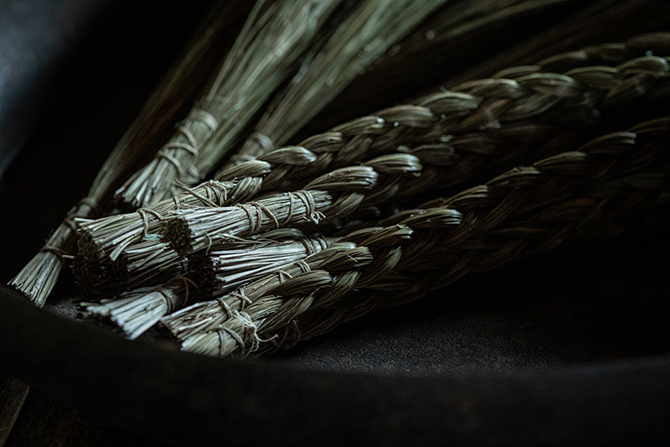
Autumn Equinox Craft Festival
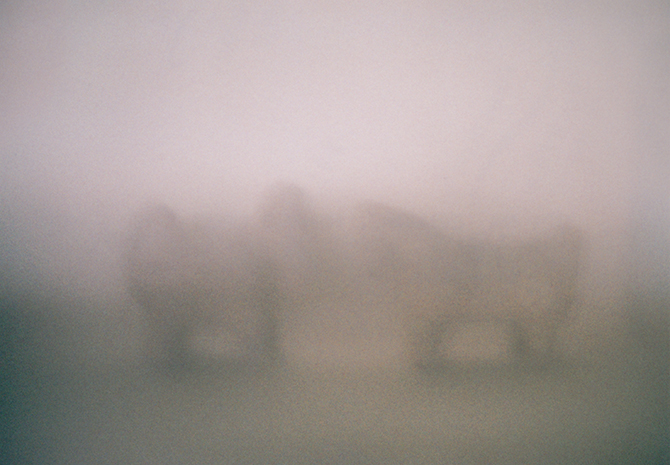
We are pleased to present the “Autumnal Equinox Craft Festival” exhibition at Center for COSMIC WONDER.
Naoto Ishii’s Yorishiro-ware and Sumiko Ishii’s Okusozakuri tenba (pegasus), hand-woven old fabrics from Korea, and Andong hemp cloth, which are based in Tamba, Kyoto and express things that transcend dimensions and emerge. From Light & Will, a collection of baskets with a primitive Japanese appearance and a dialogue with their makers: Mountain cherry basket, Snack maple square basket and Japanese wing nut hand bag. rinn to hitsuji delivers a ray of beautifully lit light, Hexagonal lantern for viewing the moon made of soy wax. The Ryugu saiki ware by Shigeo Tanaka, who incorporates the beautiful fluctuation of the universe of the source and spirituality into his vessels.
These works which enhance your daily dimension, will resonate with your soul and enrich your time with richness and warmth.
We look forward to your visit.
Photo above:Sumiko Ishii “Tenba”
Photo below:Naoto Ishii “Yorishiro-ware”
Exhibition period:
September 17 – October 2
Venue:
5-18-10 Minami-aoyama, Minato-ku, Tokyo
T. +81 (0)3 5774 6866
Open noon – 6pm
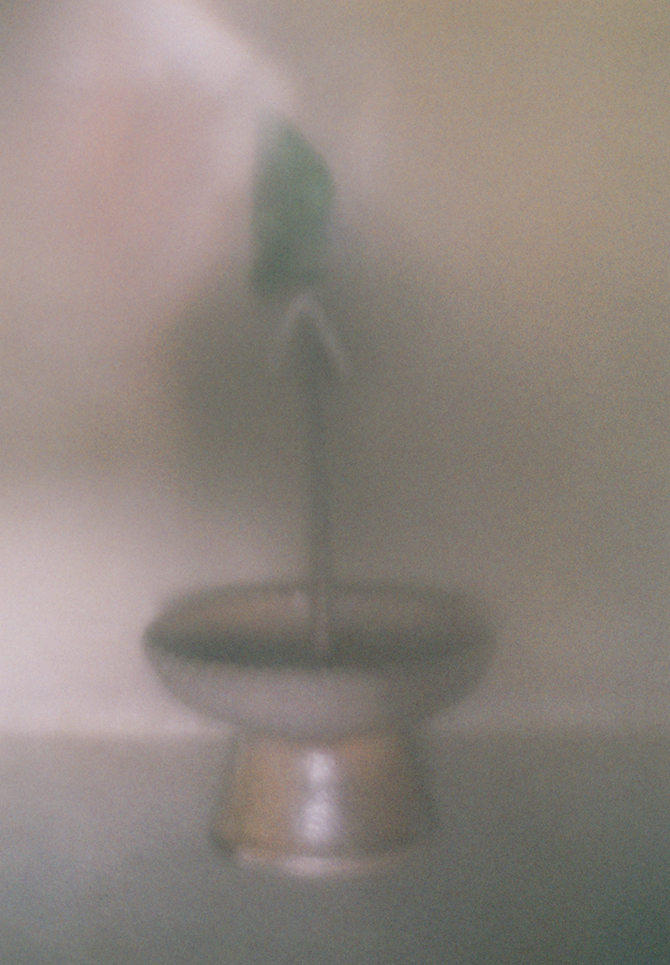
2023 S|S|A|W collection
COSMIC WONDER
North Village Light
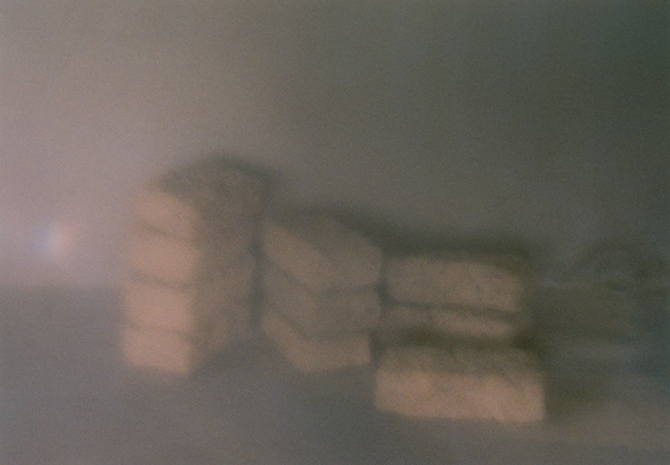
SHOW
September 5th (Mon)
5pm JST
At Center for COSMIC WONDER
We will be live-streamed on Instagram.
COSMIC WONDER
“White Light dream” Show
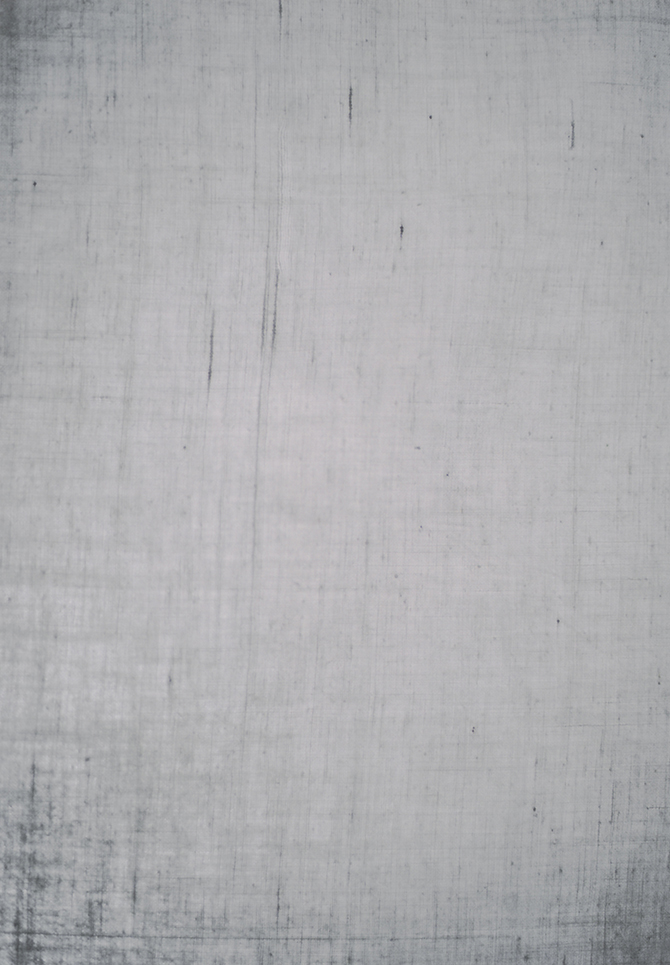
Light dream begins with White.
Depicting your colors floating in the universe.
We are pleased to present 2022 collection of “Light dream” as white garments.
You can choose from a variety of white garments and dye them in beautiful colors that reflect the elegance of nature through handcrafting, such as plant dyeing, indigo dyeing, and mud dyeing.
We look forward to welcoming you.
−
Show period:
June 25 – July 3
Venue:
5-18-10 Minami-aoyama, Minato-ku, Tokyo
T. +81 (0)3 5774 6866
Open noon – 6pm
Takashi Ichikawa
Tools for an imaginary people in love with plants
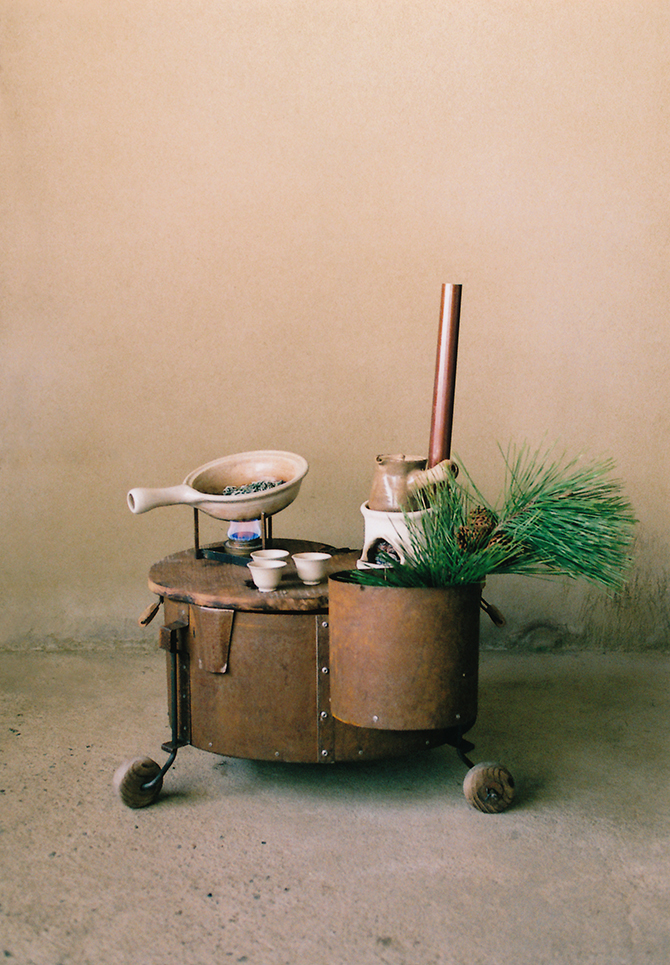
Tools for an imaginary people in love with plants
Sitting on a berm of spring water
Sitting in front of a plant
In the sun, in the fire, in the light
of wildflowers of medicinal herbs of trees
Root, stem, branch, leaf, flower, seed
To touch
Made of
earth, iron, wood
In the heart
and the water that came out of the spring
With a flickering fire
Smell Meicha-yu
Takashi Ichikawa
–
We are pleased to present Takashi Ichikawa’s exhibition, “Tools for an imaginary people in love with plants”, at the Center for COSMIC WONDER. Various tea wheels and tools for tea-making continue to evolve, transcending national and ethnic boundaries and fusing techniques. This exhibition, the sixth in a series, will present utensils for use in daily life in relation to fire, water, and plants, as well as vessels that have been refashioned through Ichikawa’s experiences with the environment that surrounds him.
Ichikawa’s work brings us into the intimate space and time of plants and tea. We are pleased to welcome Gendo Sawamura and Hina Sawamura, who are active in communicating the infinite power of wildflowers, for a workshop and tea ceremony featuring wildflowers.
The comforting time when you are in touch with nature, listening to the voices of plants, freeing your body and mind, enriching and coloring your daily life.
We look forward to your visit.
−
Exhibition period:
May 13 – May 22, 2022
The artist will be present on May 13 and 14.
Venue:
5-18-10 Minami-aoyama, Minato-ku, Tokyo
T. +81 (0)3 5774 6866
Open noon – 6pm
Opening Event:
1. Workshop “Sora tea”
The purpose of this event is to transform the wildflowers at our feet through light, water, and fire.
Enjoy the stories of wild grasses told with the tea tools of Takashi Ichikawa and sweets of yoin, including a demonstration of the process of picking grasses for making Sora tea (a wild herbal tea concoction).
Friday, May 13
noon – 2:30pm
Saturday, May 14
noon – 2:30pm
Reservation required / Number of seats: 6
13,000 JPY
2. Tea ceremony “Sora”
To free up the mind and body. To let the fragrance of the grass, the power of the earth, and the life of the field permeate the cells and spirit. Enjoy the stories of wild grasses, Sora tea (a wild herbal tea concoction), confectionery by yoin, and tea tools made by Takashi Ichikawa.
Friday, May 13
4pm – 5:30pm
Saturday, May 14
4pm – 5:30pm
Reservation required / Number of seats: 6
Fee: 11,000 JPY
If you wish to join, please register at the e-mail address below, indicating the name of the opening event you wish to join the date and time, your name, e-mail address, and phone number.
*All the seats are booked.
yasousora / Gendou Sawamura and Hina Sawamura
Learning from grasses about how people and grasses can thrive together.
Based in Fukuoka, Japan, they are active in communicating the life energy of wild grasses through wild teas.
yoin / Kang Wooja
From various directions such as plant foods, wild plants, and Korean culture, she expresses through her confectionery the preciousness of plants that connect all living things.
−
Photo top: “Tea wheel table” 2022 / Iron, Wood
Photo bottom: “Plant Roaster” 2021 / Pottery, Iron, Wood
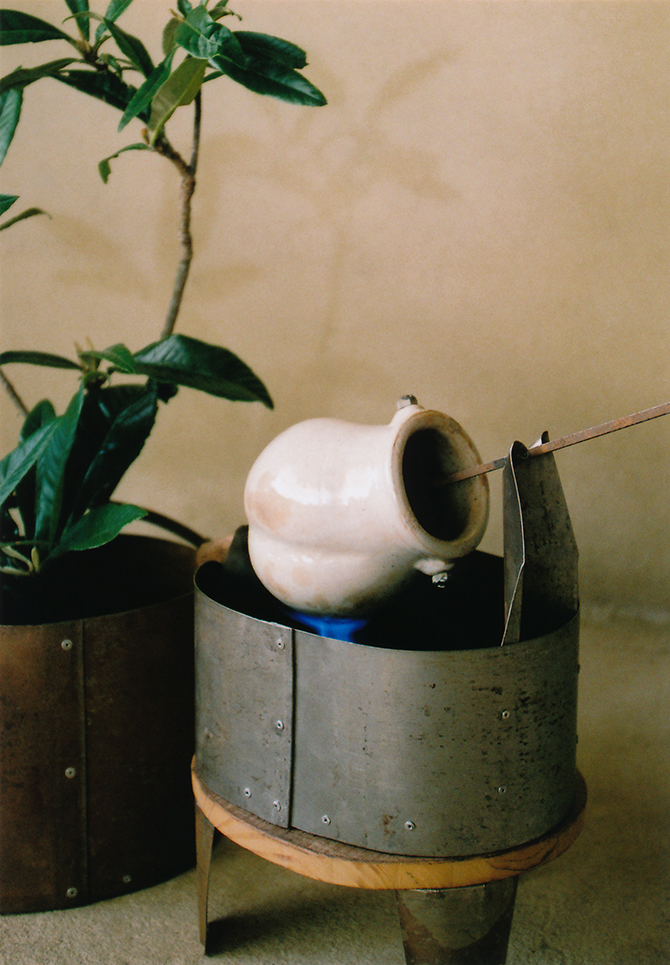
COSMIC WONDER “White Light dream” Show
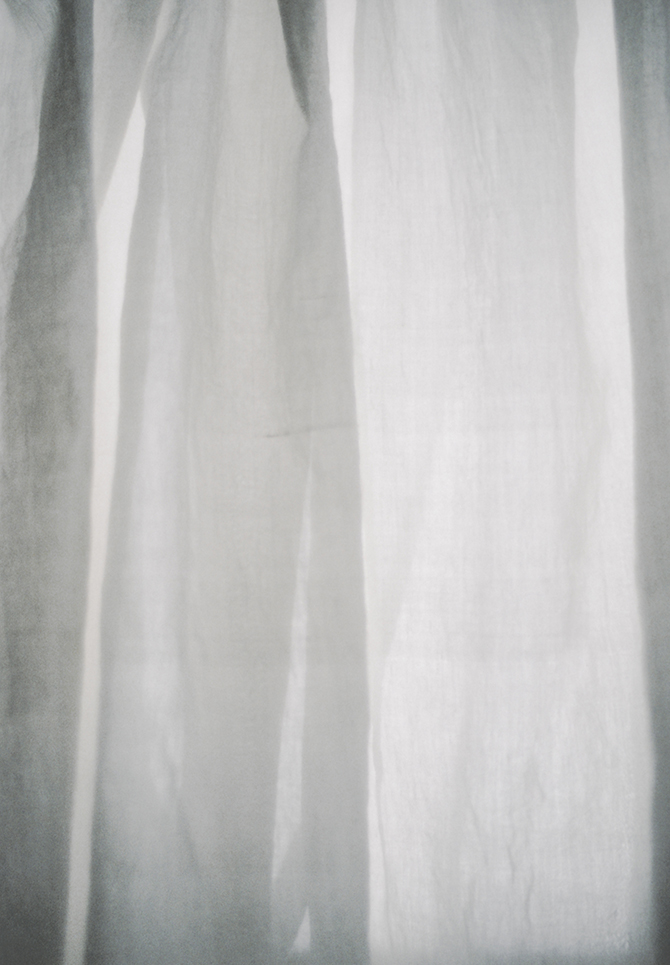
Light dream begins with White.
Depicting your colors floating in the universe
We are pleased to present 2022 collection of “Light dream” as white garments.
You can choose from a variety of white garments and dye them in beautiful colors that reflect the elegance of nature through handcrafting, such as plant dyeing, indigo dyeing, and mud dyeing.
This show will travel to STARDUST, st company, eighty 88 eight, OUTBOUND, Utsushiki, and Center for COSMIC WONDER.
We are looking forward to seeing you.
−
April 16 − April 24
at STARDUST, Kyoto
April 29 − May 8
at st company kiryu, Gunma
May 14 − May 22
at eighty eight, Ehime
May 28 − June 6
at OUTBOUND, Tokyo
June 11 − June 19
at Utusiki, Fukuoka
June 25 − July 3
at Center for COSMIC WONDER
COSMIC WONDER
Japanese wool and Cashmere garments
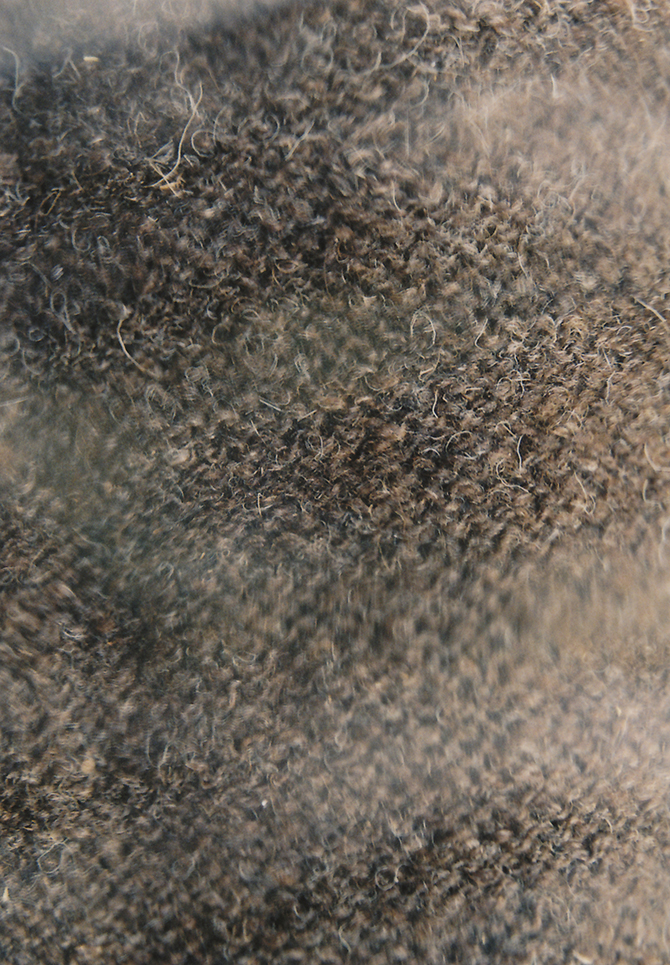
These Japanese wool garments are hand-spun and hand-knitted. Rare Japanese wool is shorn at a farm and washed by hand to remove dirt and oil. Hand-washing does not remove too much oil from the wool, keeping it warm. Each garment is made from the wool of one sheep, thus retaining that sheep’s unique texture. The garments are made by Kana Ushijima, who creates beautiful hand-spun wool yarns, and Tomoko Kodama, who hand-knits the unique yarns with precision. Cashmere has excellent heat retention properties. Cashmere garments are also very light and give everlasting comfort. The cashmere from Inner Mongolia, considered to be of the highest quality, is spun in Japan and knitted with a seamless ‘whole garment’ design.
We are pleased to present an exhibition of “Japanese wool and Cashmere garments”. These precious garments are a collaboration of nature and people and will grace us with everlasting love.
Photo top: Wool from Miwa Farm, Kyoto
Photo bottom: Wool from Hitsuji-mikan Farm, Mie Prefecture
−
STARDUST
Exhibition period:
October 23 − October 31, 2021
Open 11am − 6pm
41 Shimodakedono-cho, Shichiku Kita-ku, Kyoto
T. +81 (0)75 286 7296
Center for COSMIC WONDER
Exhibition period:
November 6 − November 21, 2021
Open noon – 6pm
5-18-10 Minami-aoyama, Minato-ku, Tokyo
T. +81 (0)3 5774 6866
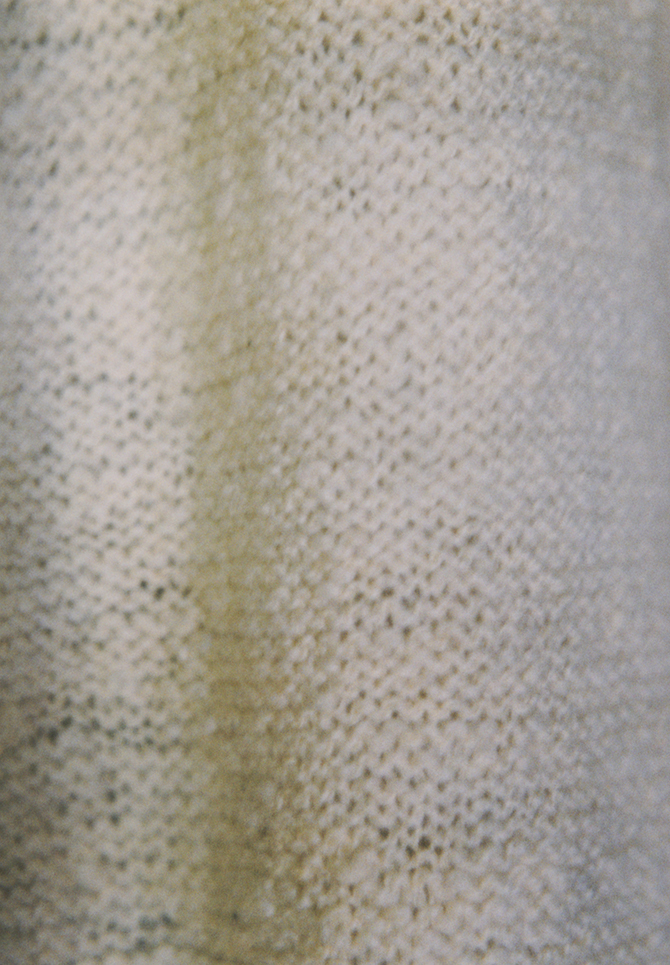
Takashi Ichikawa
Rethinking of the plants
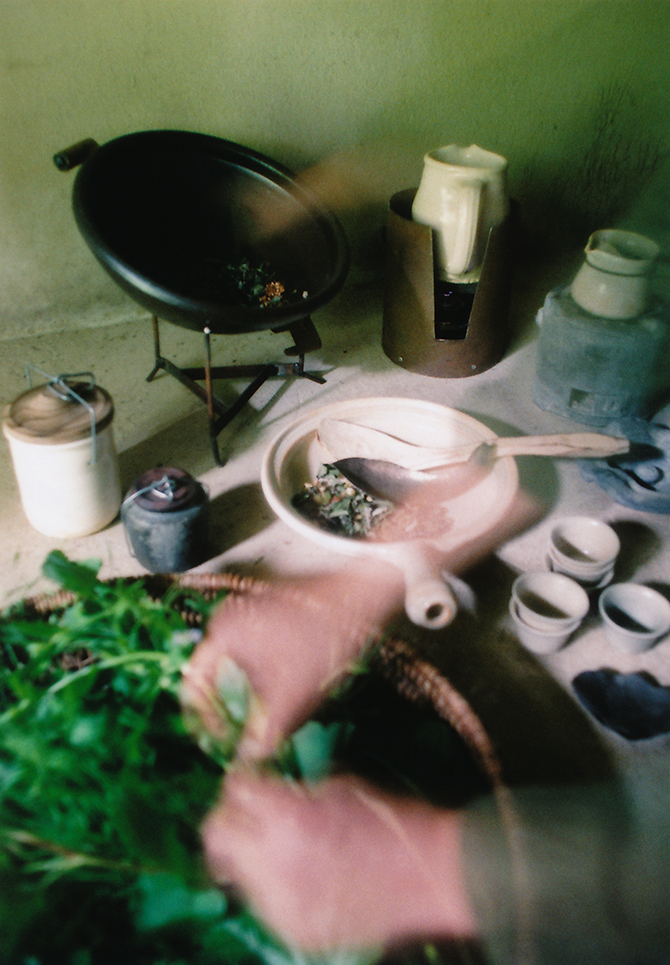
We are pleased to present Takashi Ichikawa’s exhibition, “Rethinking of the Plants”, at the Center for COSMIC WONDER. For this exhibition, he will share his unique perspective on tea, wild grasses and medicinal herbs, and how they can bring our lives into harmony with nature. Interacting with water, plants, and fire is an essential joy that reconnects us with the elements of nature. This exhibition envisions a lifestyle flush with wildflowers, as well as distillers, roasters, and utensils for boiling tea. A workshop and a tea ceremony will be held with two members of yasousora who have been integrating wildflowers into their daily lives and exploring their mysterious powers. Learning about and touching wildflowers liberates the body and mind and brings a sublime enrichment to our days.
−
Now is the time to rethink the things in our own immediate surroundings.
It was five years ago that I came across a tea tree so large that I had to look up. The difference between the image of a tea tree and the image of a tea plant became an attraction, and a switch was flipped for me to rethink my idea of the plant. The experience of looking around and picking things up that interest me, such as tea and cooking, moves me to appreciate the wisdom of our ancestors and gives me a sense of gratitude for nature. And then I think. Tools and technology have disappeared with the changing times, and some of our senses have dulled as our lives have become too convenient. Now that the world is changing, there is a way to fortify our immune systems with the help of nature and plants. Plants work hard to protect their seeds. The power of plants is amazing. I would like to increase my sensitivity to plants by learning about their power from experts. Flowers, leaves, stems and roots. Beans, powder, and leaves. Let’s enjoy the power of plants. Attractive things are close at hand. If we turn on the switch, we can see them.
I want to make a tool that will turn on the desire to rethink our relationship to plants.
Takashi Ichikawa
−
Exhibition period:
June 26 – July 4, 2021
The artist will be present on June 26 and 27.
Location:
5-18-10 Minami-aoyama, Minato-ku, Tokyo
T. +81 (0)3 5774 6866
Open noon – 6pm
Opening Event:
1. Workshop sora’s wild grass tea Demonstration of how to make wild grass tea.
The possibilities are endless for making tea from the wildflowers that grow all around us.
You can enjoy some wild grass tea with Ichikawa’s tea utensils.
Saturday, June 26
noon − 2pm
3pm − 5pm
Fee: 8,800 JPY (with wild grass tea)
Reservation required / Number of seats: 4
*All the seats are booked.
2. Tea Ceremony “sora”
“Medicine” of the fields.
Medicinal herbs from Mount Ibuki, Wild grass tea collected and blended in sora’s field.
You can enjoy some wild grass tea with Ichikawa’s tea utensils.
Sunday, June 27
noon − 1pm
2pm − 3pm
4pm − 5pm
Fee: 6,600 JPY (with wild grass tea)
Reservation required / Number of seats: 5
*All the seats are booked.
−
yasousora / Gendou Sawamura Hina Sawamura
Wild grasses connect us to ancient times, and to the universe itself.
It is our hope to educate others about the benefits of the wildflowers and wild grasses that surround us.
We are based in Fukuoka Prefecture.

COSMIC WONDER
Usuhanasome
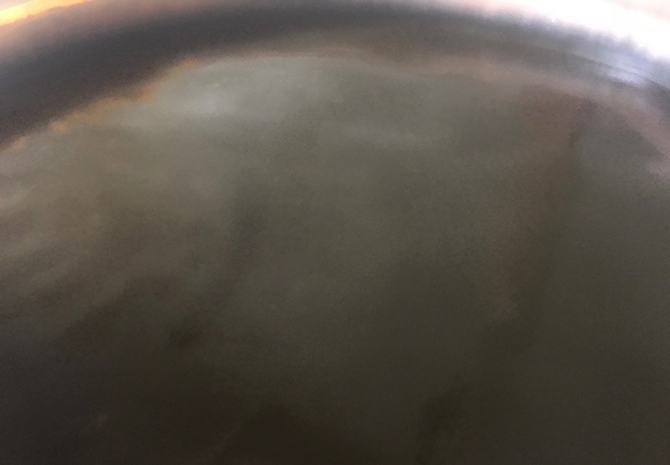
We are pleased to present a series of Usuhanasome garments that are made where heaven and earth meet.
COSMIC WONDER “Days of light” garments in hemp, silk, and organic cotton are dyed with light mud and light indigo. The mud dyeing is done by Kanai Kogei in Amami Oshima, Kagoshima Prefecture, and the indigo dyeing is done by Konya Jin in Mie Prefecture. The colors produced by this wonderful technique first appeared in ancient times and appear again today.
Light-mud dyeing is done with mud and dyestuffs boiled from the Fukugi tree, a tall evergreen tree native to Amami and points south. By contrast, the typical mud dyeing process uses dye from the wheel plum tree. The light mud is found in the iron-rich mud fields in the ancient strata of Amami Oshima Island that date back 1.5 million years. The dyeing process is done in cycles: Fukugi tree dyeing, mud dyeing in the mud field, rinsing in the river upstream, again Fukugi dyeing, again mud dyeing in the mud field, and water bleaching… Depending on the condition of the cloth to be dyed, the process is adjusted or the number of cycles is changed. Mud dyeing requires the blessings of Amami Oshima’s natural habitat. These sensitive techniques have been cultivated over many generations.
Light-indigo dyeing is done in a vessel with a diluted indigo dye and repeated over and again. The process is more delicate than ordinary indigo dyeing as it requires much bleaching and dyeing. The work of Konya Jin, a light-indigo dyer in Mie Prefecture, starts with making sukumo, the indigo dye. After growing the indigo naturally, making the sukumo and making preparations throughout the year, the indigo dye is finally ready. Konya Jin uses the Shou-ai dyeing technique.
Please take a look at the beautiful and subtly colored Usuhanasome garments that reflect both the blessings of nature and the work of human hands.
−
Center for COSMIC WONDER
Exhibition period:
June 5 − June 20, 2021
Open 12pm – 6pm
5-18-10 Minami-aoyama, Minato-ku, Tokyo
T. +81 (0)3 5774 6866
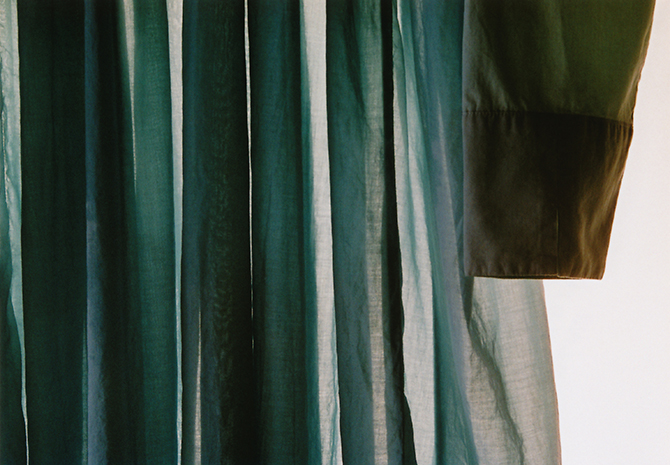
COSMIC WONDER
Sumi and Yambaru-ai
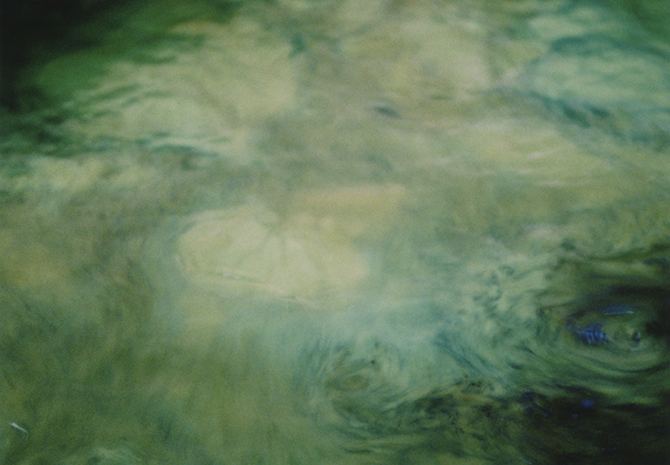
The mysterious earthen colors are created with the soot of burned pine trees mixed with water.
The colors produced by kala-ai* indigo-dyeing reflect the indigo of the Ryukyu mountains, where the sea converges with the twilight sky.
In days of old, every household in Ryukyu would dye their everyday clothes and fabrics with kala-ai and to-ai* dyes right on on the earthen floor.
They would first dye the cloth with sumi or safflower and then layer it with indigo.
We will present a garment made of sumi and Yambaru-ai*, which resonates with a shining spiritual presence. COSMIC WONDER “Days of light” garments made of hemp, silk, and organically-grown cotton are dyed many times over with pine smoke and Yanbaru indigo (Ryukyu indigo). They are made by Mr. Keiichi Yoshikawa, who has been dyeing indigo for more than forty years in Kameoka, Kyoto, alongside the crystal clear Hozu River. Please touch the garment saturated with beautiful sumi and Yambaru indigo, a color that has mesmerized people since ancient times.
*Types of Ryukyu Indigo
−
Center for COSMIC WONDER
Exhibition period:
April 3 − April 11, 2021
Open 12pm – 6pm
Temporary Closed: April 2
5-18-10 Minami-aoyama, Minato-ku, Tokyo
T. +81 (0)3 5774 6866
STARDUST
Exhibition period:
April 17 − April 25, 2021
Open 11am − 6pm
41 Shimodakedono-cho, Shichiku Kita-ku, Kyoto
T. +81 (0075 286 7296
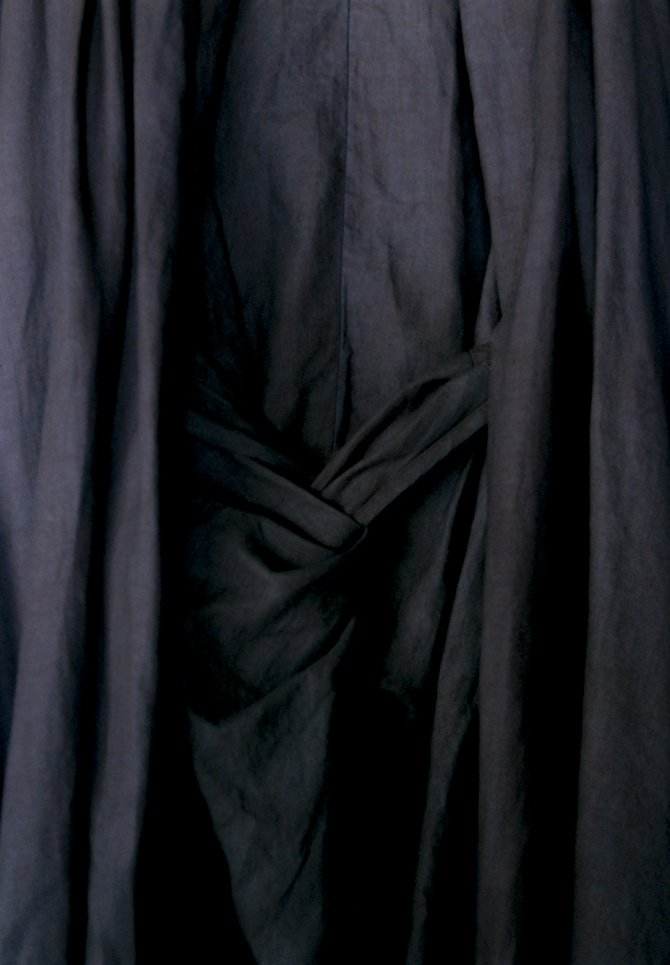
COSMIC WONDER with Kogei Punks Sha
NONO a native spirit of Kami and Cloth
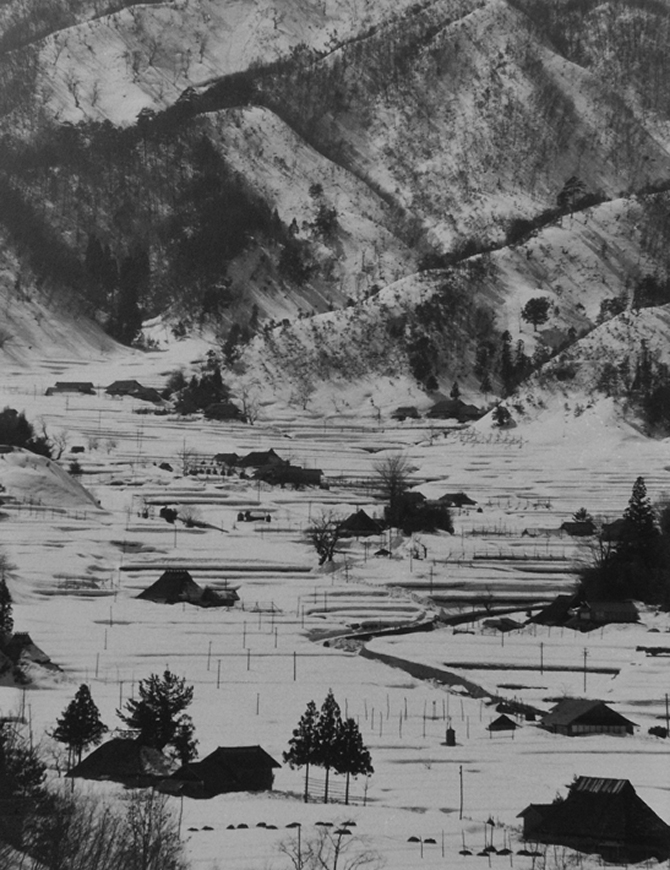
We were pleasure to hold the Special Exhibition COSMIC WONDER with Kogei Punks Sha “NONO a native spirit of Kami and Cloth” at Iwami Art Museum.
This exhibition has been realized with the hope of finding future connections between man and nature. We examine the practices of people who live in harmony with their environment, their views on nature and spirituality, as well as the resurgence of interest in natural fabrics in various parts of Japan. We proudly invite “Cosmic Wonder with Kogei Punks Sha”, who continue to explore different materials and handmade washi paper, which has ancient roots in Japanese culture, to present natural fabrics chosen from their unique perspective, spinning devices such as the spinning wheel and loom, and potsherds of Jomon-era earthernware, which retain marks of fabric textures, alongside performances using handmade Japanese washi and new video and photography work. In the past, people spun fibers from plants taken from their immediate surroundings, making fabrics, and then constructing clothing and tools to sustain their lives.These natural fabrics can be made from fuji (wisteria), kuzu (arrowroot), kozo (paper mulberry), hemp, ramie, shinanoki (Japanese linden), basho (Japanese banana plant), and ohyo (Manchurian elm), to name a few. They deeply reflect the culture unique to each area and the practices that have nurtured them. Making natural fabrics by hand starts with producing the fiber, which requires much perseverance. One cannot imagine how much work it would take if it were done today. Such precious fabrics have been highly regarded and cherished in their home regions. In Shimane, where there is a tradition of fuji-ori weaving, the worn boro fabric was battered back to pulp. When it is used to the end, nothing goes to waste.
Today, we have come to a stage where we need to reevaluate the relationship we have between nature and man. In exchange for our convenient lifestyles, we have contaminated the planet and altered our environment perhaps to the point of no return. On the other hand, the way our lives pass along, with the energy provided by this earth, will not change no matter what period we live in. What do they show us now, these fabrics that exist from the times we were nurtured by the nature around us and cherished what we had? In present times, where there is an abundance of information, the future options we can choose from may be reflected in the very presence of these natural fabrics and handmade papers.
−
Exhibition period: March 20 – May 16, 2021
Venue: Iwami Art Museum
Opening Hours: 9:30-18:00 *Last admission 30 minutes before closing.
Closed: Tuesdays *Open on May 4 (Tue.)
−
Related Program
Special Talk “Reading NONO“
We will invite Shinichiro Yoshida, the contemporary artist and director of the Research Center for Early-modern Hemp, who collects and researches natural textiles with a focus on hemp cloth, and Yasushi Inomoto, who has moved to Kamiseya in Miyazu, Kyoto,
the hometown of fuji cloth, in order to preserve its tradition, to hear about their work and research.
Photo:
(top) “Winter landscape of Oidani” 1971 / Photography: Shozo Sumita
Oidani Valley in Kaneshiro, a mountainous area in Hamada City, Shimane Prefecture, where paper was made in winter and paper cloth was made.
(bottom) “The bedspread of Kamikobu” Fuji, private collection, early Showa period / Photography: Ai Nakagawa.
In Kamikobu, deep in the mountains of Kashima-cho in Matsue, Shimane, the local custom of fuji-ori (weaving wisteria vines) has been passed on for generations.
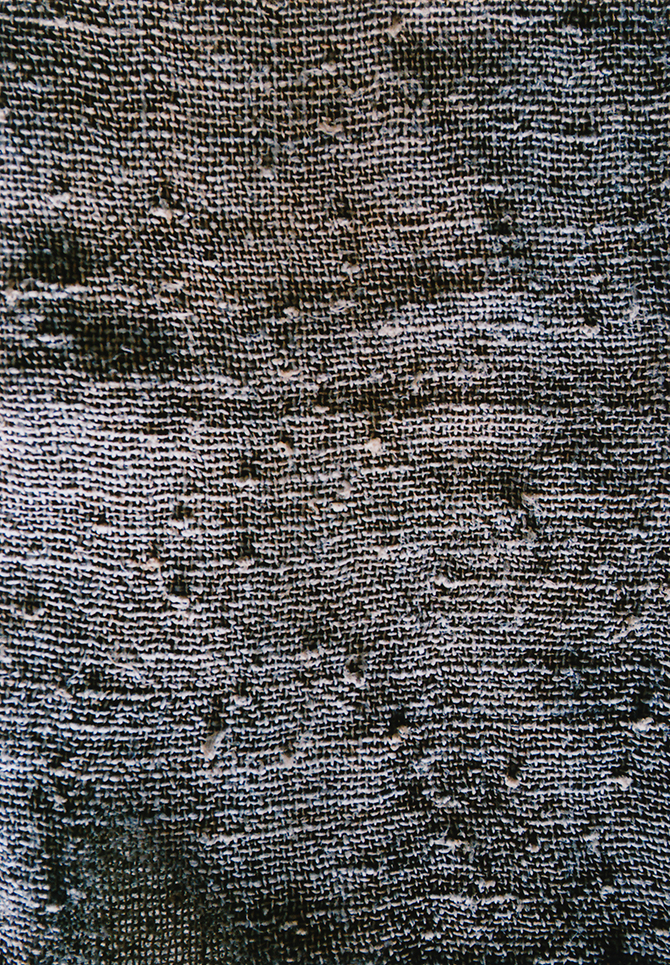
Yasuhide Ono
Sacred Geometry
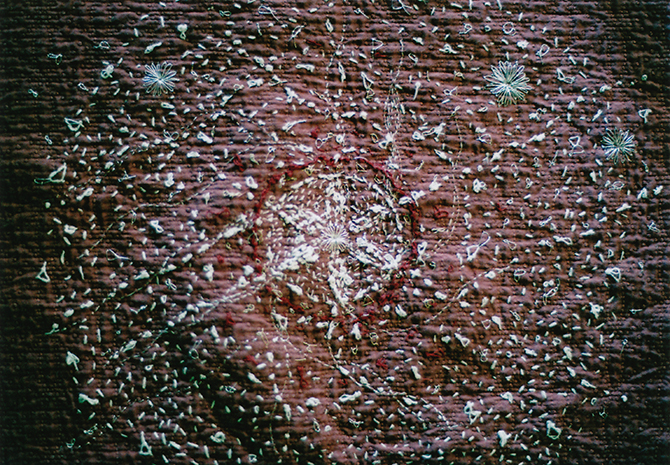
The beautiful and hidden laws of nature
Starting with the Pythagorean theorem, mathematics and physics have revealed structures like Plato’s cube, the Fibonacci sequence and the Golden Ratio
There are sacred geometric patterns that represent the source of life and the universe in all its forms
A seed is inscribed with the memory code of growth
A seed sprouts, blossoms, bears fruit, and becomes another seed in nature’s great cycle
We’ve only deciphered a fraction of the entire evolutionary record that is written in human DNA
Sacred geometry can be found even in the smallest divisions of cells
There are sacred patterns hidden in the knot
The Invisible Quantum World
I believed only in what I could see of the material world
With the development of science, we can integrate with the unseen world
The world is as beautiful now as it has ever been
The world is perceived and recognized throughout the human body, and the range of observation continues to expand
That is why I continue to seek beauty in all its forms and connect it to my work Yasuhide Ono
−
We are pleased to present an exhibition of Yasuhide Ono’s “Sacred Geometry”. People have been expressing the hidden nature of numbers, shapes and sounds in the form of three-dimensional figures from ancient time. By manifesting the source of the world’s phenomena in geometric patterns, we have been able to harness the energy of the source of the universe. In this exhibition, Ono will present a series of jewelry based on sacred geometry as well as Cosmic Wonder’s Flower of life’s sashiko stitch weaving and embroidery works that evoke scenes from the natural world. Ono’s beautiful trinkets and works of art emanate from the universe, expanding our view into new vibrational realms.
−
Exhibition period:
November 28 − December 6, 2020
*The artist will be present on November 28.
Place:
5-18-10 Minami-aoyama, Minato-ku, Tokyo
T. +81 (0)3 5774 6866
noon − 6pm
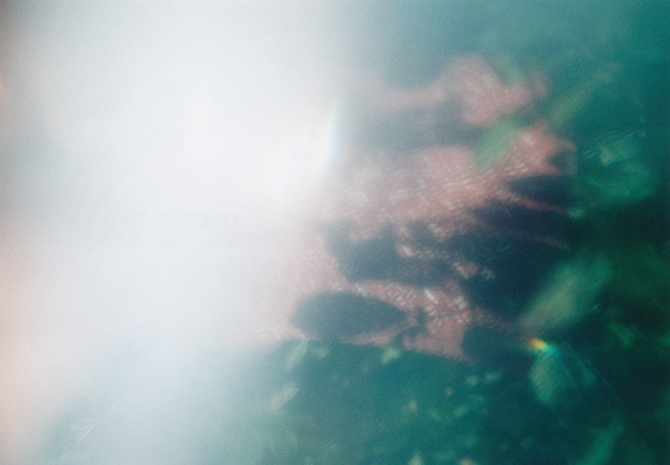


 Facebook
Facebook Twitter
Twitter